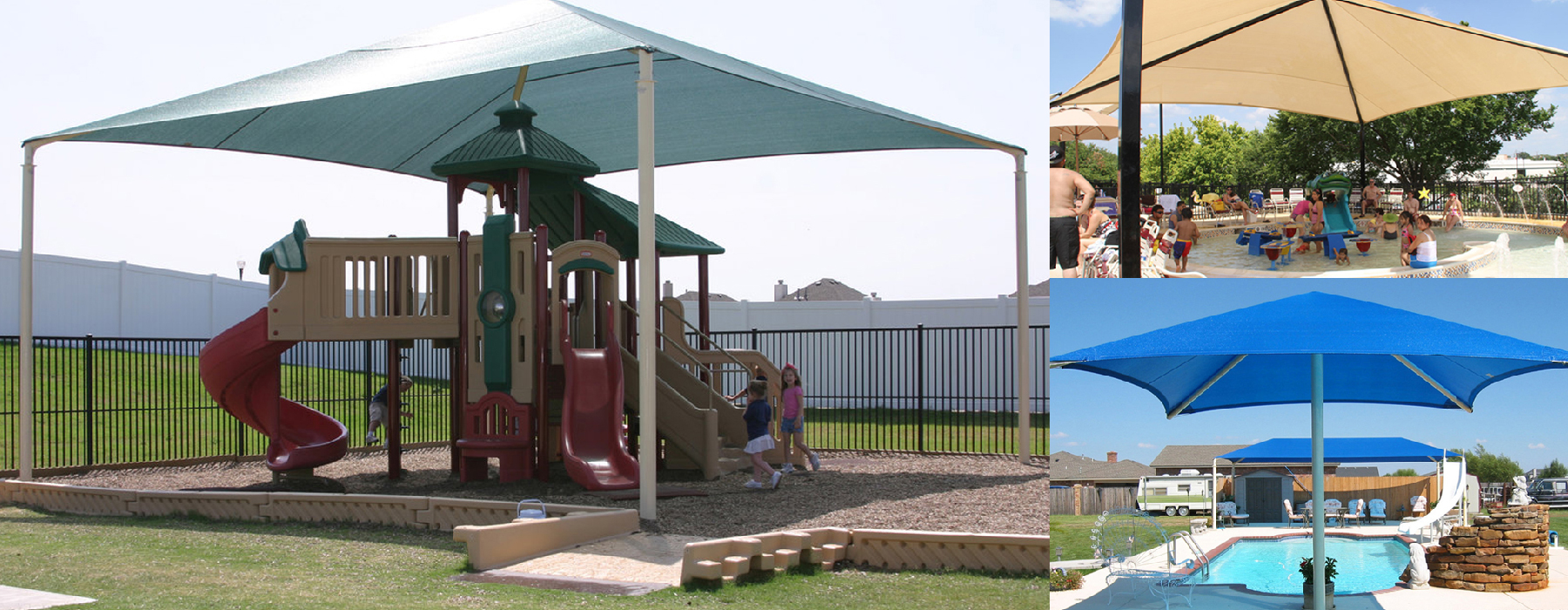If your organization is looking to save money on your recreational space, the lure of used playground equipment is tough to resist. Do a quick search and you’ll find any number of offers for “lightly used” playground equipment that looks as good as new but costs much less. What could go wrong?
Plenty, as it turns out. While you could save yourself a few dollars up front by buying used versus new, you could also be buying numerous problems down the road.
1. No Warranty
Regardless of the age of the equipment, warranties cannot be transferred from owner to owner. If any previous use caused subtle damage to the equipment — such as hairline cracks or weakened joints — that later require repairs, you’ll be on the hook for the costs.
2. Problems with Replacement Parts
If future repairs require replacement parts, they may not be available from the manufacturer. Replacement parts carry their own warranties, and the manufacturer may not be willing to sell you a warrantied part for equipment that’s out of warranty due to the change in ownership. If the equipment is considerably older, the manufacturer may no longer even be in business.
3. Wear and Tear
Remember that this is a long-term investment, and there’s no way to know for sure whether the previous owner kept up with routine maintenance. And even well-maintained equipment from reputable manufacturers deteriorates over time, so you won’t get as many years’ use out of used equipment as you will with new.
4. Relocation Stress
Moving playground equipment from one place to another can stress the equipment and lead to broken or lost parts, and you may not be able to obtain replacements (see #2).
5. Safety Risks
The used equipment may have been built according to safety regulations that are now outdated, and the cost of bringing it up to code — if that’s even possible — can negate any savings you may have expected in the deal.
When you’re looking to purchase preschool playground equipment, it’s important to consider all the costs — not just the purchase price, but future costs as well. In most cases, the future costs of owning used equipment will negate any up-front savings you may see today, so buying new is the safer choice.

